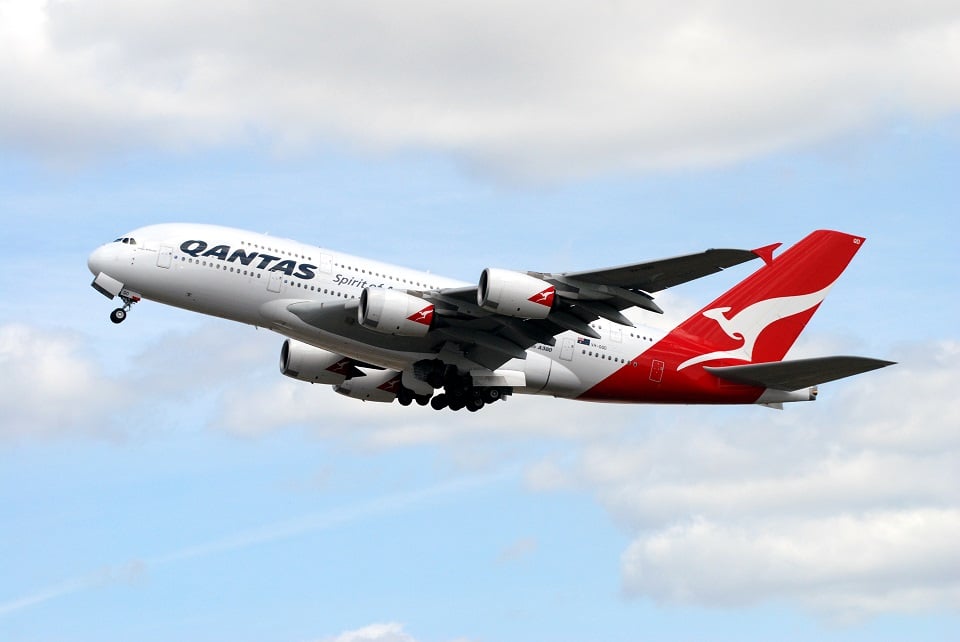Aviation
The History of Dubai International Airport.

The history of civil aviation in Dubai started in July 1937 when an air agreement was signed for a flying boat base for the aircraft of Imperial Airways with rental of the base at about 440 Rupees per month – this included the guards’ wages. The Empire Flying Boats also started operating once a week flying east to Karachi and west to Southampton, England. By February 1938, there were four flying boats a week. (wiki)
In the 1940s, flying from Dubai was by flying boats operated by British Overseas Airways Corporation (BOAC), operating the Horseshoe route from Southern Africa via the Persian Gulf to Sydney.
Watch Directly : Jetline Marvel Youtube Channel
- Dubai International comprises three terminals
Terminal 1 (includes Concourse D) serves all airlines
Terminal 2 serves scheduled, charter, and special flights (pilgrimage)
Terminal 3 (includes Concourses A, B & C) is dedicated for use by Emirates airline - DXB strengthened its position as world’s number 1 international airport with annual traffic of 83.6 million passengers in 2016. Traffic is projected to reach 89 million in 2017.
- DXB became the world’s number 1 airport for international passengers in 2014 with passenger numbers totalling 70.4 million.
- The airport serves 90 airlines flying to more than 240 destinations across six continents.
Brought to you by :
Jetline Marvel : Aviation Media
Subscribe your Jetline marvel Youtube channel
Courtesy : Dubai International Airport.

Aviation
Lost Tool Found in Qantas A380 After 34 Flights

An Australian Transportation Safety Bureau (ATSB) investigation recently revealed that a Qantas A380 operated 34 flights with a 1.25-meter nylon tool lodged in one of its engines.
This turning tool, used during borescope inspections to rotate the intermediate-pressure compressor, was left behind during scheduled maintenance at Los Angeles on December 6, 2023. It remained inside the engine until it was discovered by maintenance staff during a subsequent check at Los Angeles on January 1, 2024.
China Takes the Lead in Sixth-Generation Fighters with White Emperor B
The ATSB report highlights two critical lapses. First, maintenance engineers failed to notice the tool during final checks for foreign objects after the borescope inspection. Second, the lost tool procedure was not activated when the tool was identified as missing.
The certifying engineer ultimately cleared the aircraft for service without accounting for the misplaced tool. During the time qantas films the tool was inside, the A380 completed 34 flight cycles, accumulating nearly 294 hours without any noticeable effect on engine performance.
Although the tool was deformed by high-energy airflow within the engine, there was no reported damage to the engine itself. ATSB Chief Commissioner Angus Mitchell commented.
India’s C-295 to Gain Advanced Weapons for Maritime Surveillance
“This incident underscores the importance of following established maintenance protocols. Engineers missed the tool during foreign object checks, and the required lost tool procedure wasn’t started after realizing the tool was missing.”
Following the investigation, the airline issued a safety directive, urging all engineering and tool storage teams to adhere strictly to these protocols to prevent similar incidents in the future.
A qantas spokesperson stated, “While the tool didn’t impact engine performance, we take this incident very seriously. It is critical to follow the correct lost tool procedures.”
-

 Aviation2 months ago
Aviation2 months agoBoeing confirms 797: A New Era for Mid-Size Aircraft
-

 Aviation2 months ago
Aviation2 months agoMicrosoft Flight Simulator Raises $3 Million to Bring Back the An-225 Mriya
-

 Aviation2 months ago
Aviation2 months agoLockheed and Tata Team Up to Build C-130J MRO Facility in India
-

 Airlines2 months ago
Airlines2 months agoQantas Engineers Stage Walkout Over Cost of Living Concerns
-

 Airlines2 months ago
Airlines2 months agoQatar Citizens Can Travel to the United States Without a Visa
-

 Aviation2 months ago
Aviation2 months agoBoeing Offers 25% Pay Increase & Promise to Build Next Plane in Seattle
-

 Aviation2 months ago
Aviation2 months agoQatar Airways bans these new Electronic Devices on plane
-

 Airlines2 months ago
Airlines2 months agoEmirates Ends 28-Year Singapore-Melbourne Fifth Freedom Route








